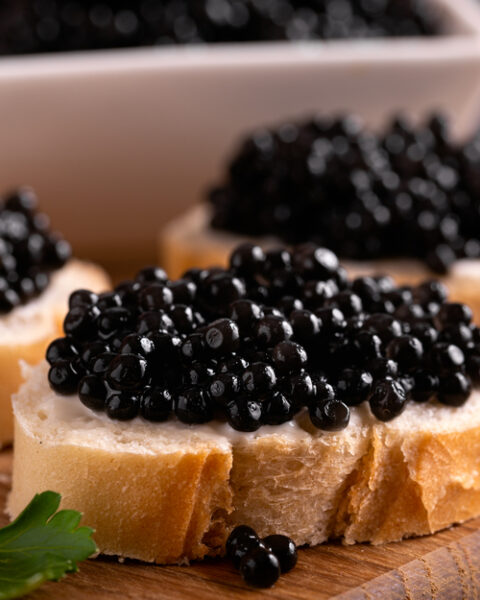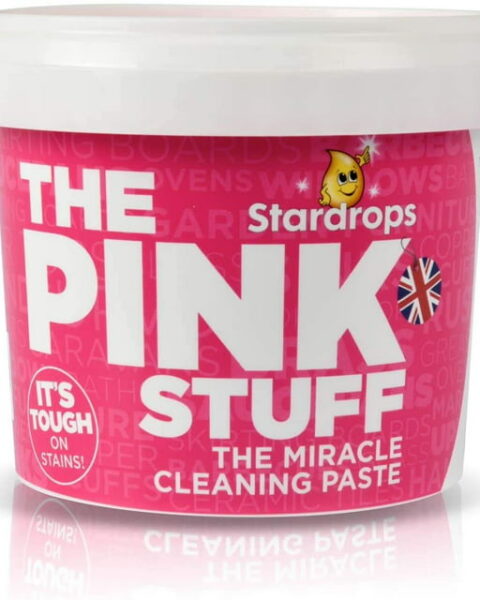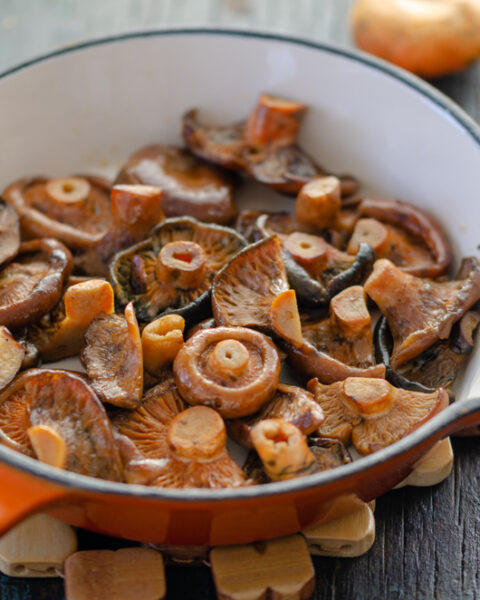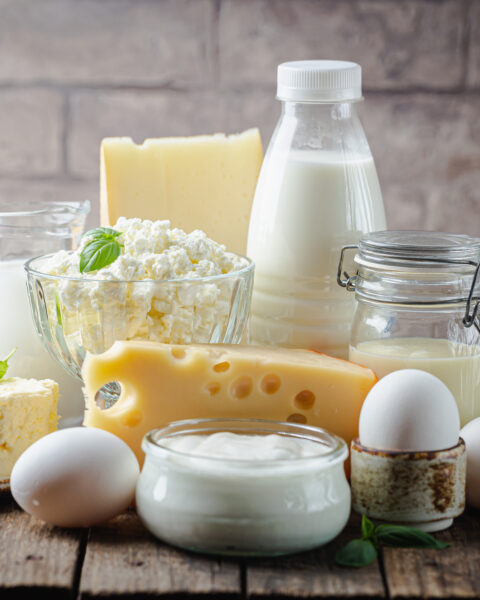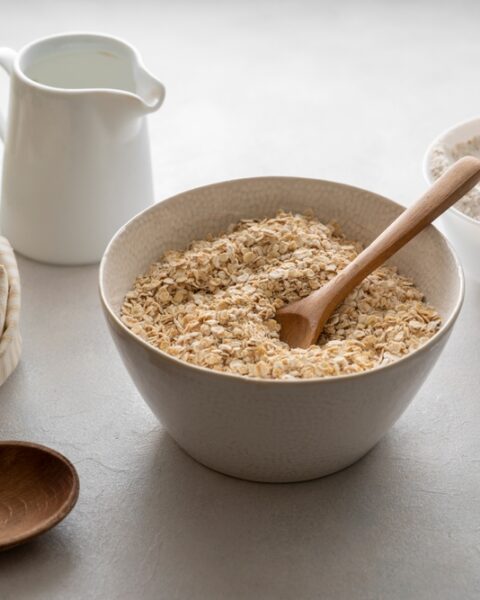It’s easy to turn to thrift stores when looking to save costs on kitchen essentials. Snagging items at a fraction of the retail price is undeniably satisfying. However, not all kitchen items are created equal when bought second-hand. Understanding which items are savvy thrift store finds—and which ones may leave you with regrets—can make all the difference. Thrift store shopping requires a discerning eye and a willingness to inspect items closely before making a purchase, but here are some items chefs always buy thrifted and some things they don’t.
Contents
- 1 Cast Iron Skillets vs. Non-Stick Cookware
- 2 Dutch Ovens vs. Slow Cookers
- 3 Bread Machines vs. Toaster Ovens
- 4 Stand Mixers vs. Hand Mixers
- 5 Blenders Vs. Juicers
- 6 Salad Spinners vs. Colanders
- 7 Mortar and Pestle vs. Electric Grinders
- 8 Metal Cooking Utensils vs. Wooden Cooking Utensils
- 9 Pyrex Measuring Cups vs. Plastic Measuring Cups
- 10 Wooden Rolling Pins vs. Marble Rolling Pins
- 11 Glass Mixing Bowls vs. Plastic Mixing Bowls
- 12 Copper Cookware vs. Teflon-Coated Cookware
- 13 More From RetailShout
- 14 10 How to Grow a Garden That’s Friendly to Wildlife
- 15 15 Iconic Holiday Treats You Can Bake Year-Round
Cast Iron Skillets vs. Non-Stick Cookware
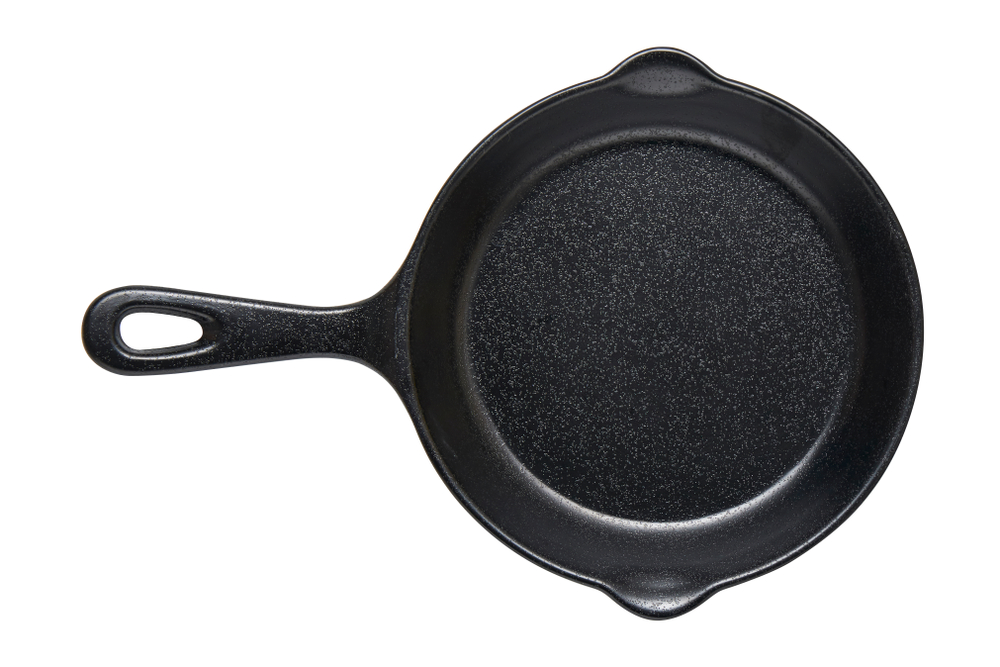
Cast iron skillets are highly durable and improve with age, lasting for generations if well-maintained. They develop a natural non-stick surface over time, and any rust or damage can often be easily fixed with re-seasoning.
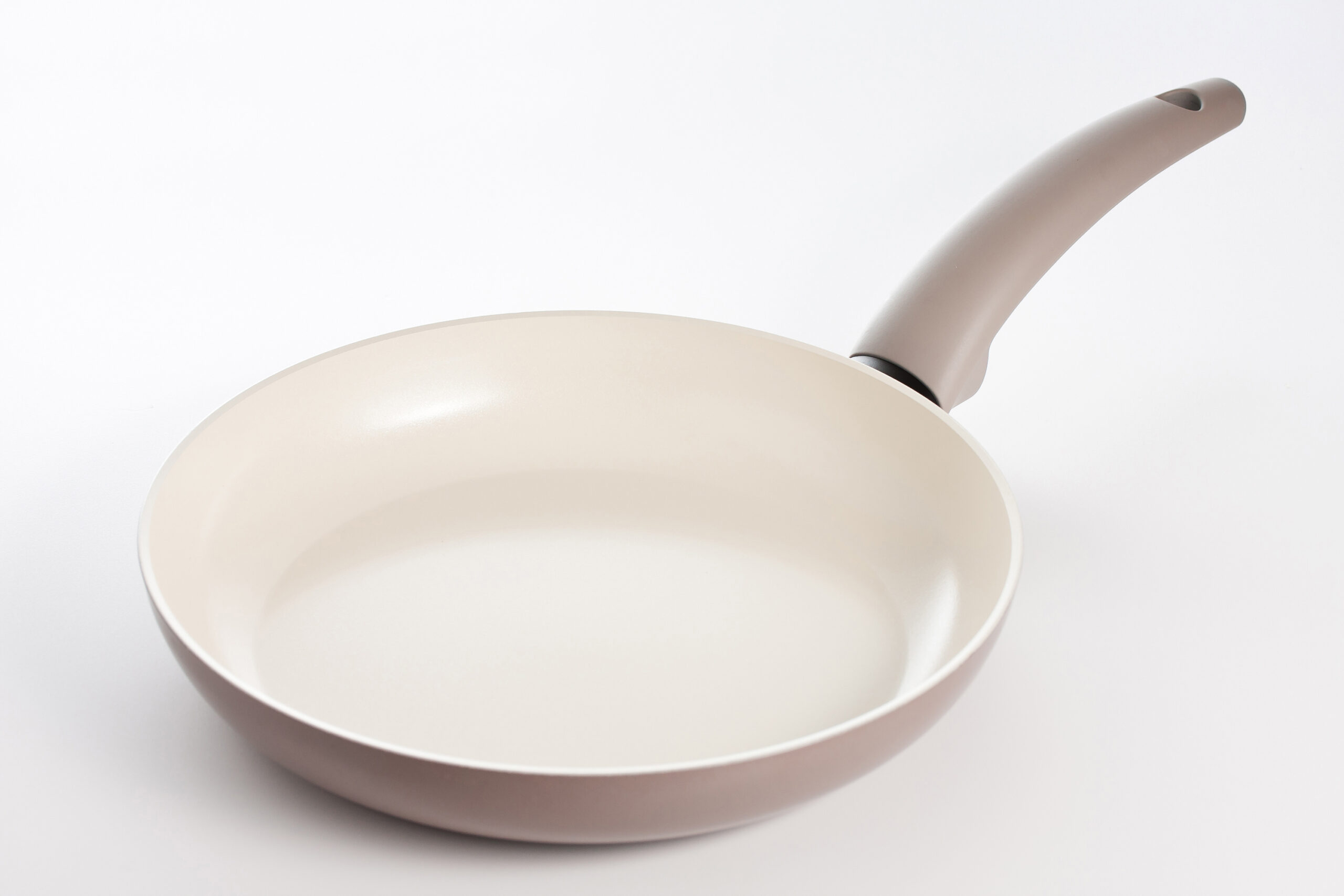
On the contrary, non-stick cookware’s coating wears out and can flake off which may cause the release of harmful chemicals, posing health risks. Chefs prefer new non-stick pans to ensure the coating is intact and safe for cooking.
Dutch Ovens vs. Slow Cookers

Dutch ovens are durable, versatile cooking vessels made from materials like cast iron or enameled cast iron. Thrifted Dutch ovens can often be found in excellent condition because they are built to last and withstand years of use.
With proper care and maintenance, thrifted Dutch ovens can be restored to near-new condition, offering significant savings compared to buying new ones.
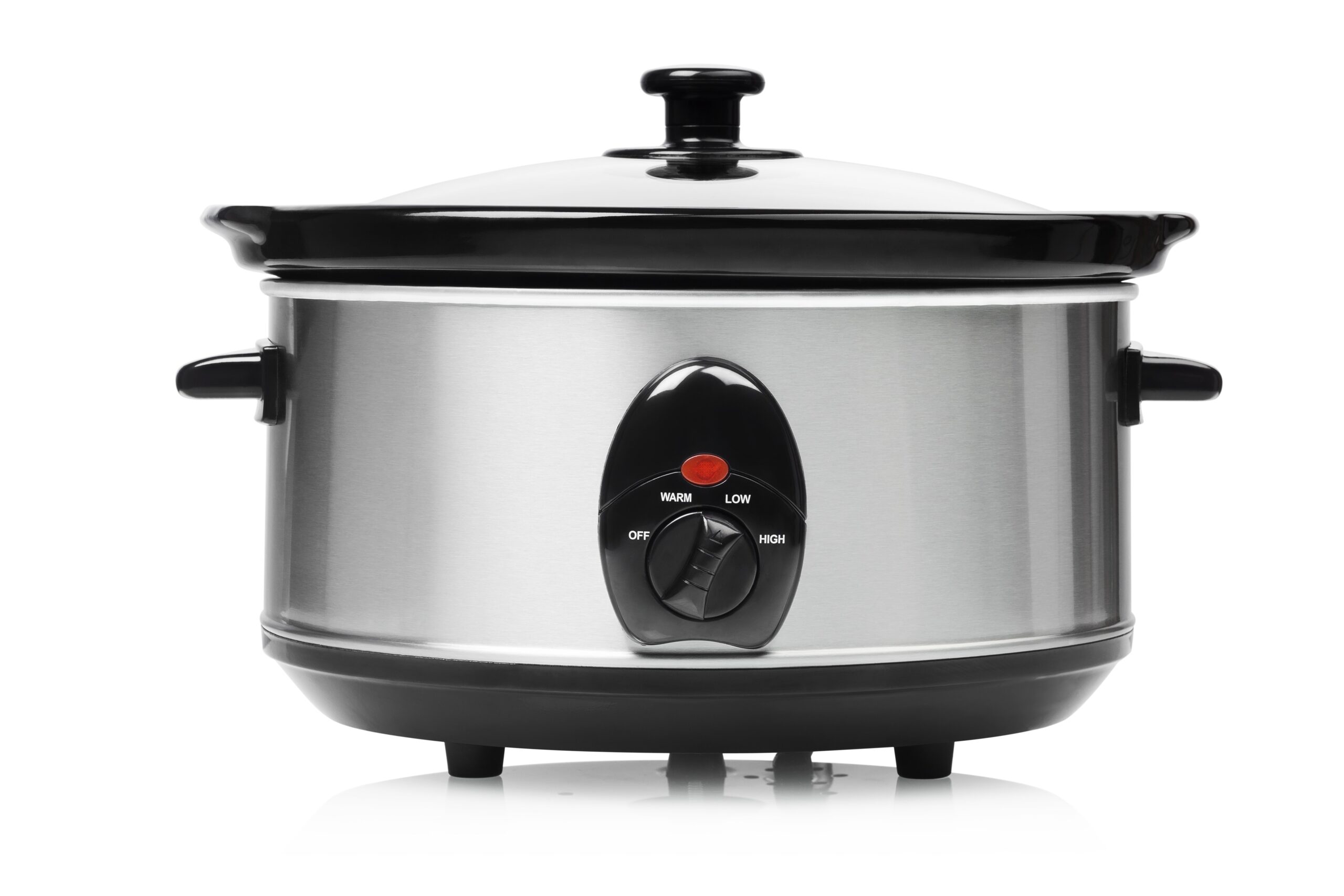
Whereas low cookers, especially those with electronic components, may not be reliable if bought second-hand. Electrical issues can arise from wear and tear, potentially affecting the cooker’s performance or safety. Modern slow cookers often have programmable settings and digital controls that may malfunction or be outdated in thrifted models.
Bread Machines vs. Toaster Ovens
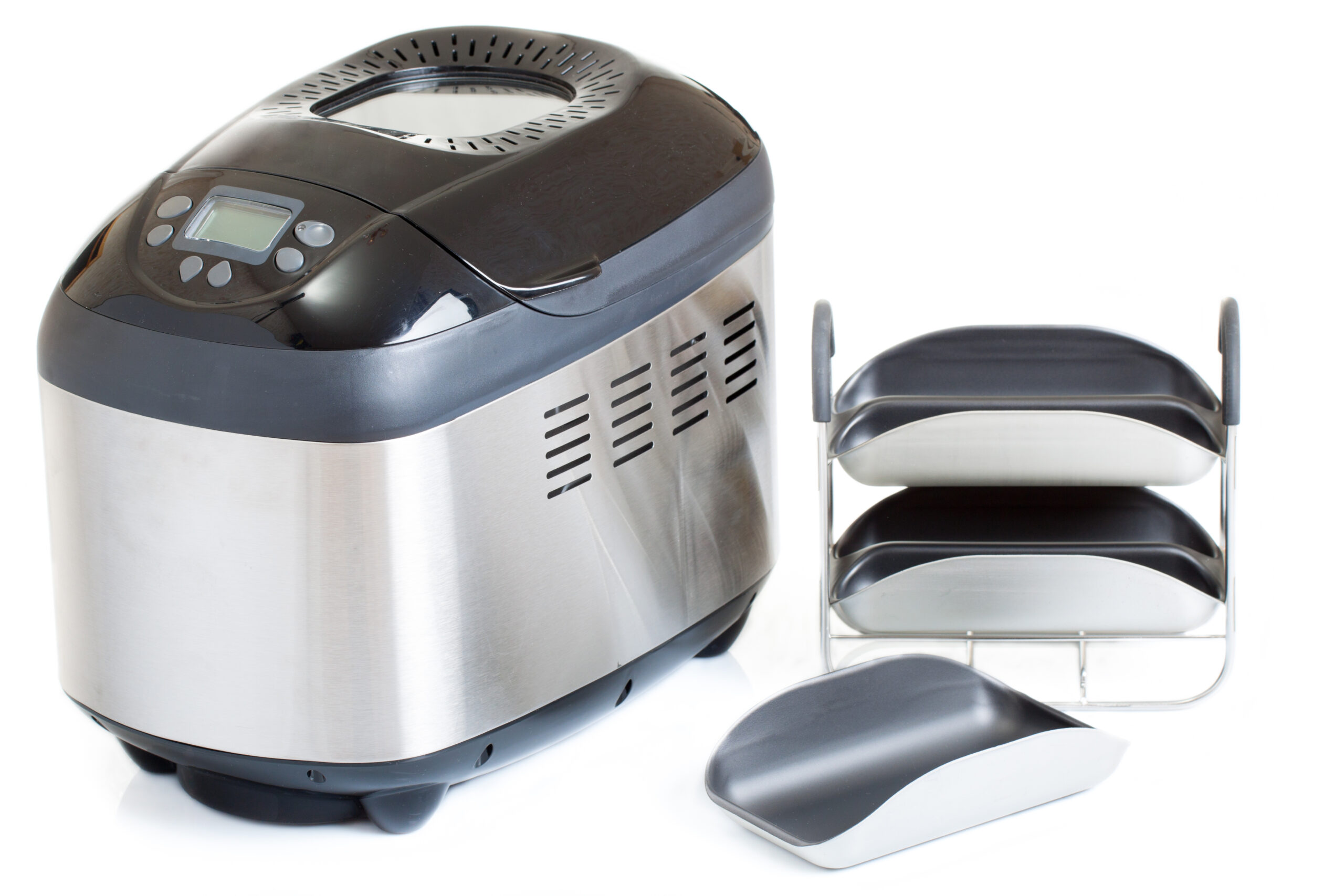
Bread machines are often lightly used and have relatively simple mechanical and electrical components which are easy to clean and maintain, making them a great thrifted find.
Before buying a thrifted bread machine, ensure it powers on and the kneading paddles and baking pan are in good condition. With a thorough cleaning and possibly replacing a few parts like the kneading paddle or belt, a thrifted bread machine can work just as effectively as a new one, providing a cost-effective way to enjoy fresh homemade bread.
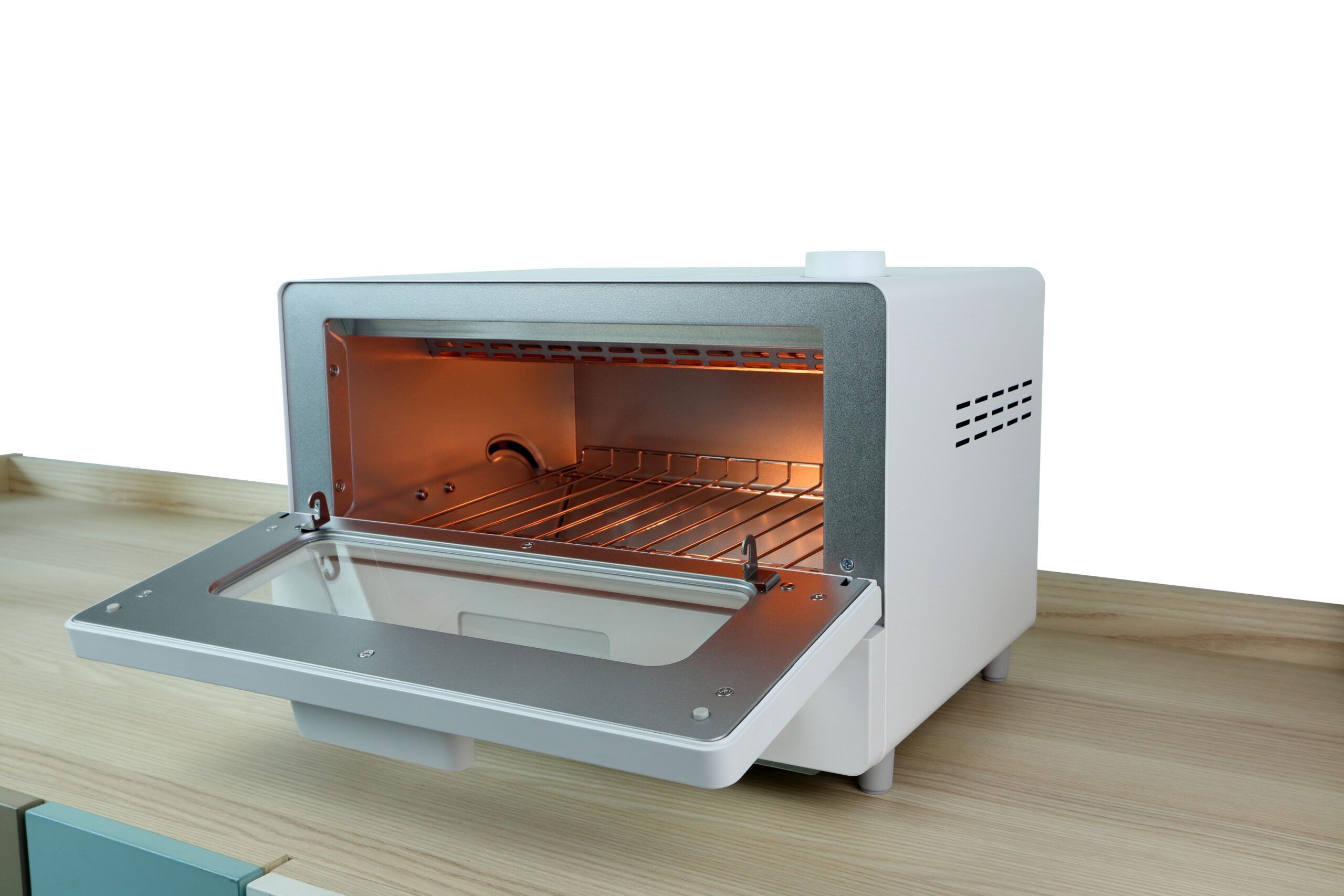
On the other hand, toaster ovens rely on heating elements and electronic components that can wear out over time. As a result, there is a risk that the heating elements may not function properly. Electrical components such as timers, thermostats, and controls can also degrade or malfunction with use.
These issues can compromise the safety and reliability of a toaster, making it a bad option for thrifting.
Stand Mixers vs. Hand Mixers
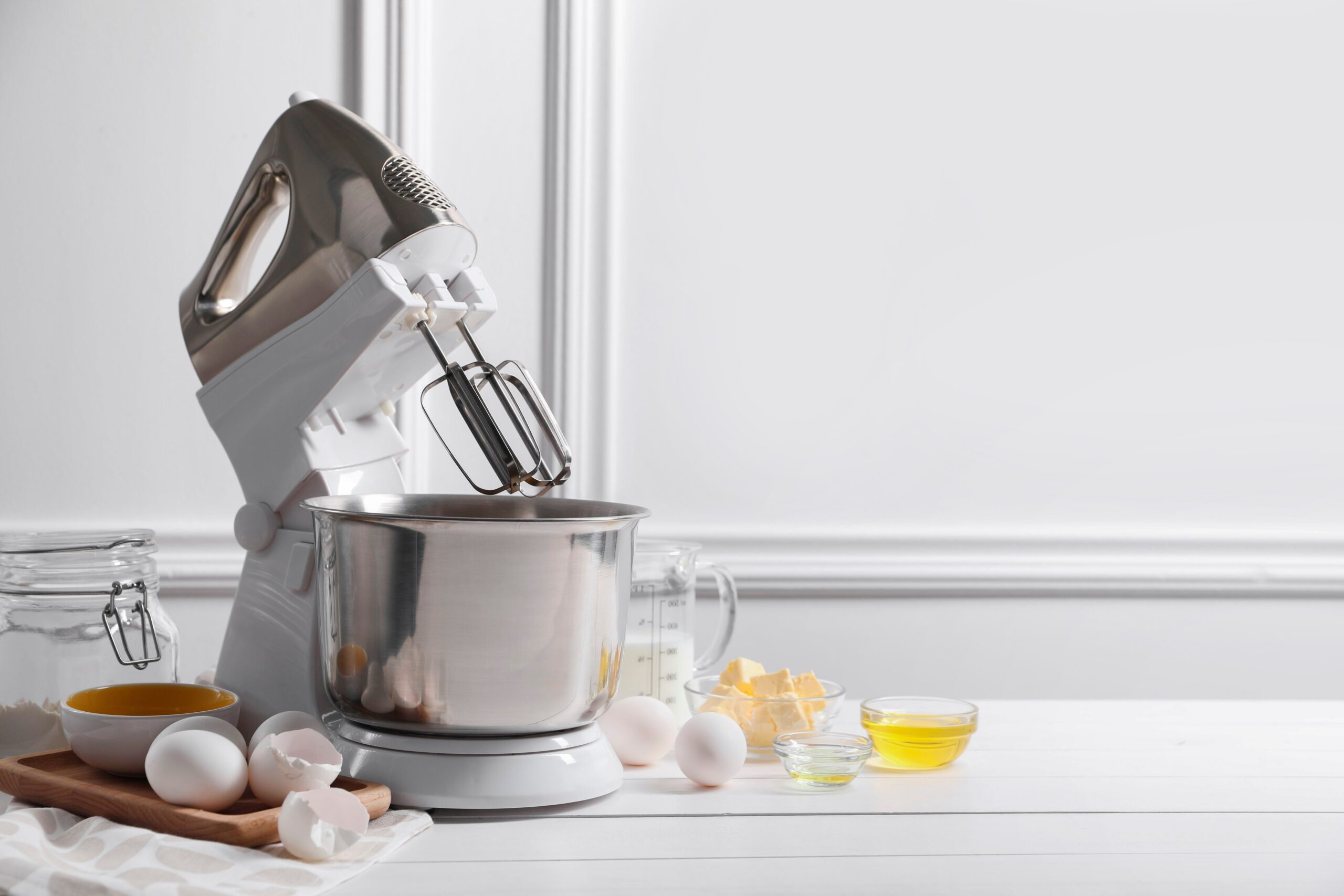
High-end stand mixers are built to withstand heavy use and are designed for durability. They have powerful motors and sturdy construction, allowing them to handle tough tasks like kneading dough, whipping cream, and mixing large batches of ingredients.
When found second-hand, they can often be a bargain as they retain much of their functionality and value. Thrifted stand mixers may need some cleaning and possibly minor repairs, like replacing worn-out attachments or gears, but their overall robust build makes them a worthwhile investment.
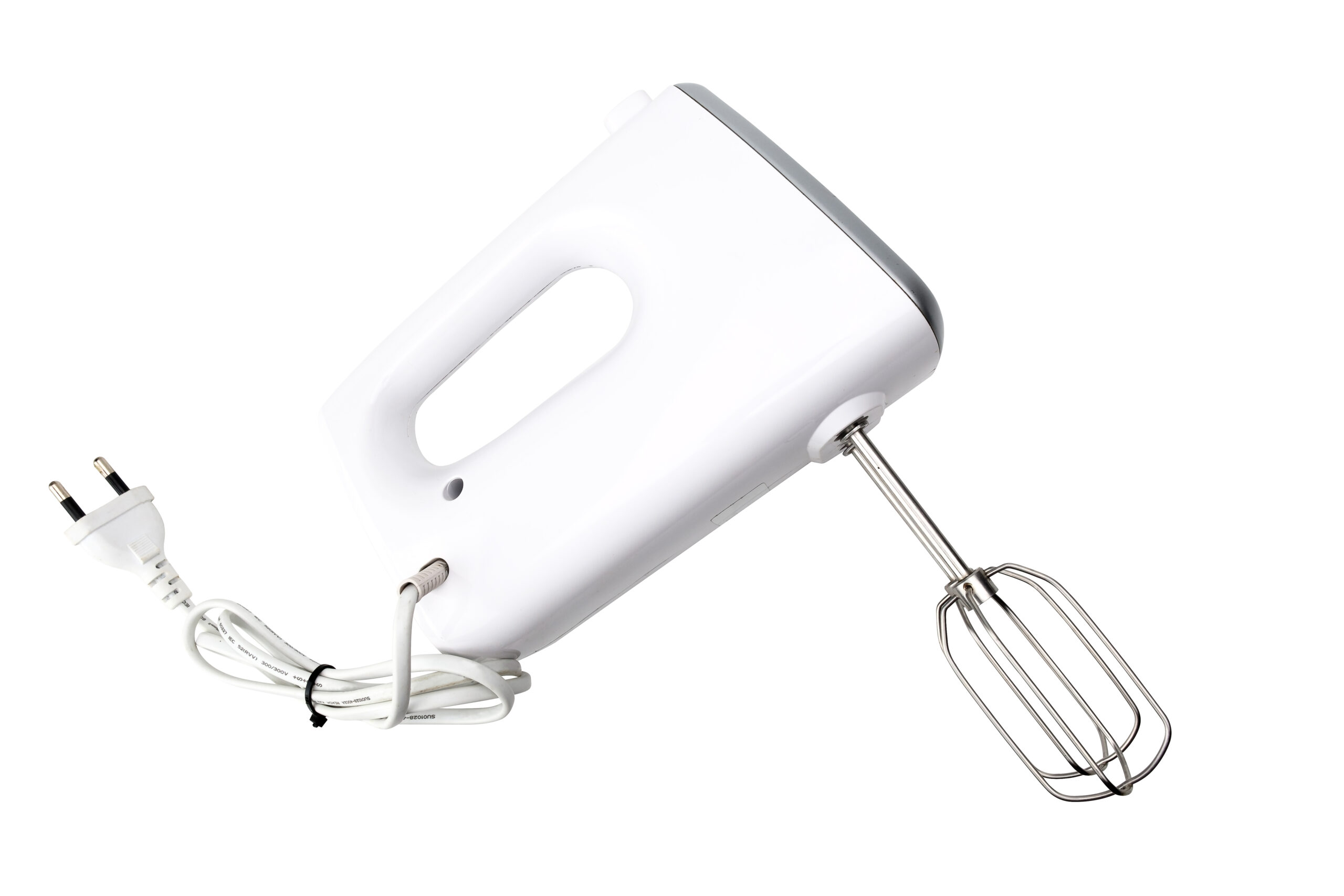
Meanwhile, hand mixers are typically less expensive and less durable than stand mixers. They have smaller motors and lighter construction, which can wear out more quickly with regular use. hand mixers often experience issues with their speed settings and electrical components over time, which can make them unreliable and potentially unsafe when bought second-hand.
Blenders Vs. Juicers

Blenders have relatively simple components: a motor base, a jar, and blades. As long as the motor is in good working order and the blades are intact, a second-hand blender can be as good as new with a thorough cleaning. Checking the power and performance before purchase can ensure you’re getting a reliable appliance. They are generally more forgiving of wear and tear, making them a practical and cost-effective thrifted purchase.
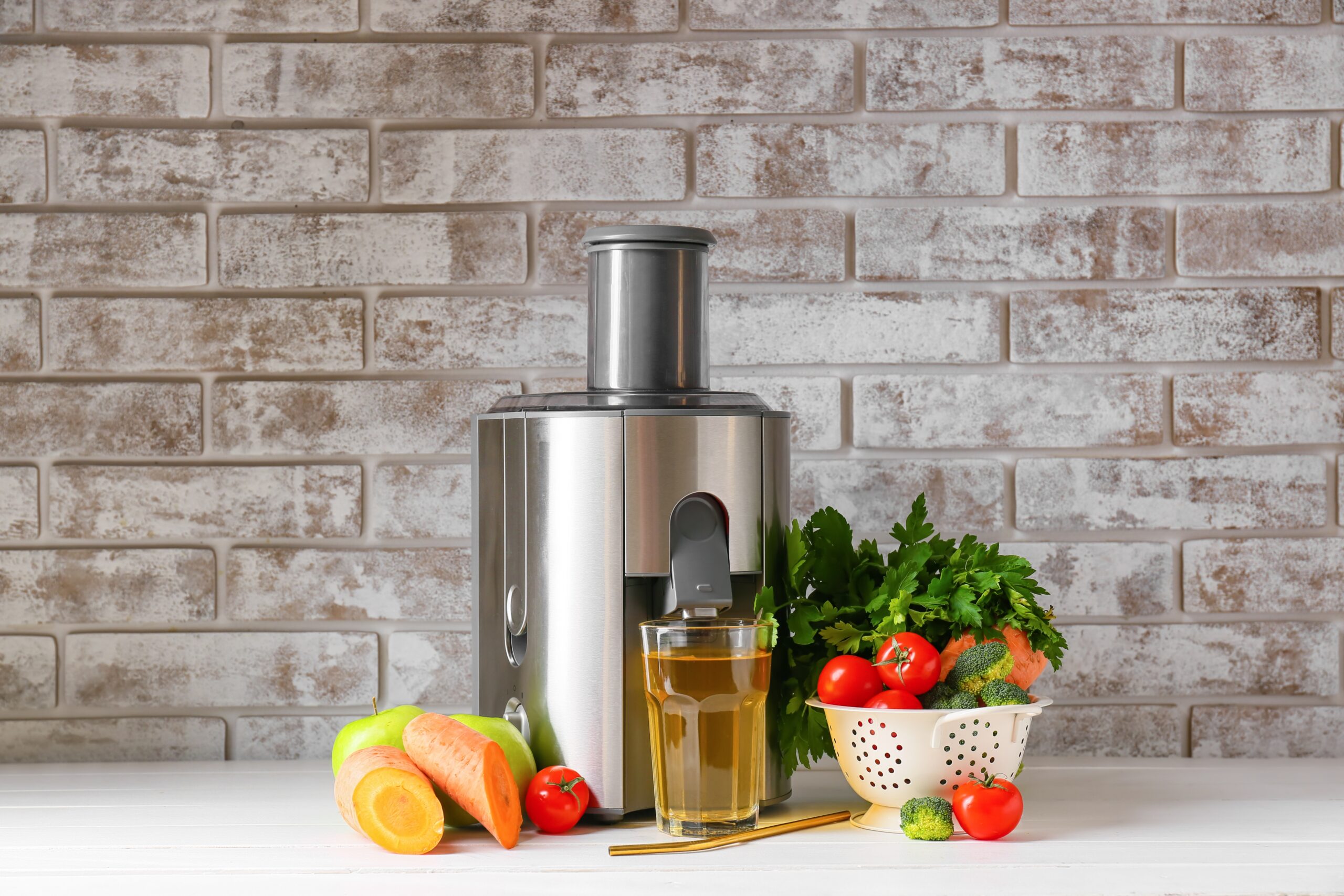
Whereas, juicers rely on precise mechanical parts to extract juice efficiently from fruits and vegetables. Their parts like augers, blades, and strainers easily wear out. Additionally, second-hand models may harbor leftover pulp or residue in hard-to-reach areas, potentially impacting hygiene and performance.
Salad Spinners vs. Colanders

The salad spinner’s primary components—a basket, a bowl, and a spinning mechanism—are generally robust and easy to clean. As long as the spinning mechanism functions smoothly and there are no significant cracks or damage, a thrifted salad spinner can work just as well as a new one.
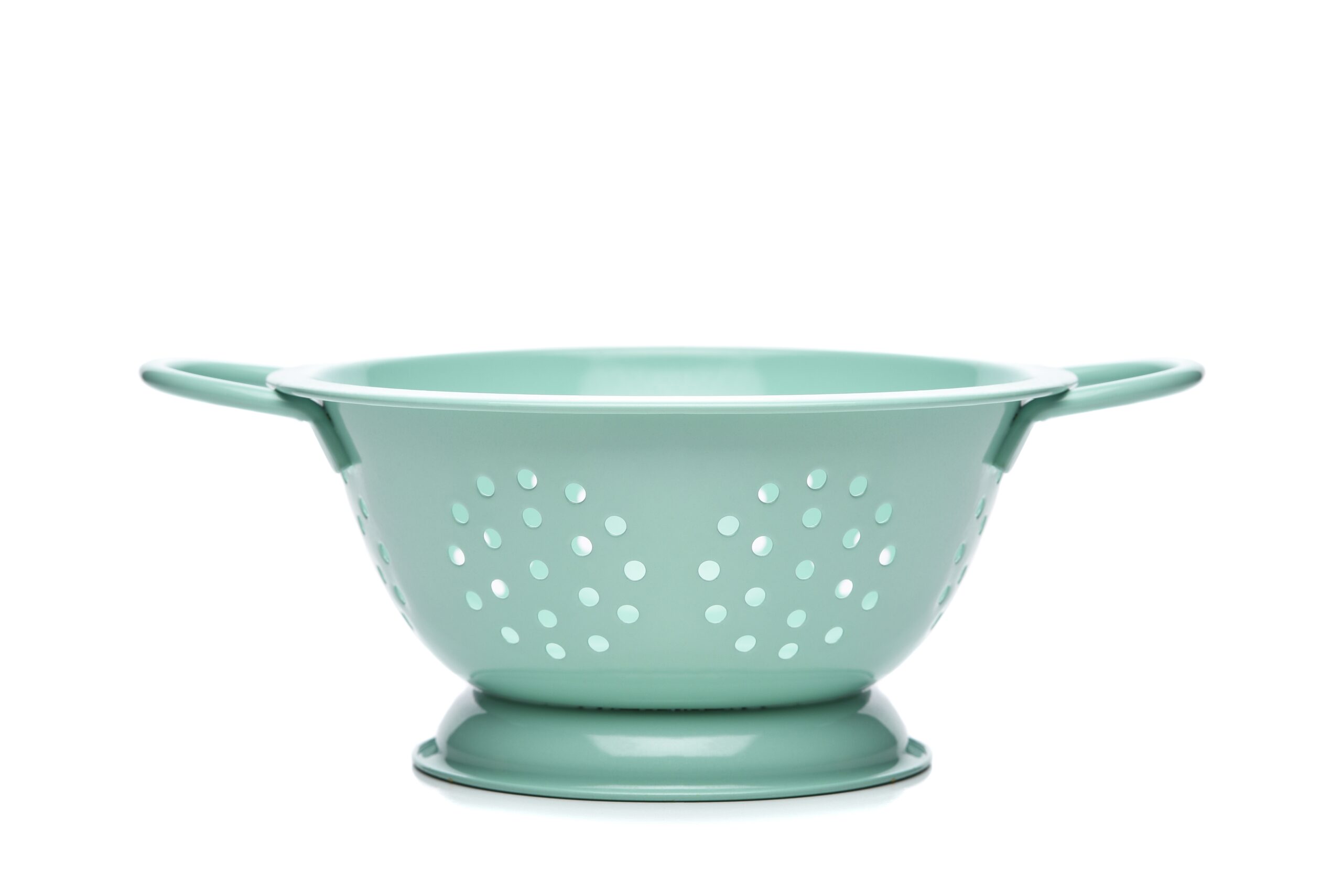
Colanders are inexpensive to purchase new. Older colanders may have accumulated scratches, dents, or rust, especially if they are made of metal. Given their low cost when new and the potential for wear and damage in thrifted versions, it’s generally more practical to buy colanders new to ensure they are in perfect condition and suitable for everyday use.
Mortar and Pestle vs. Electric Grinders
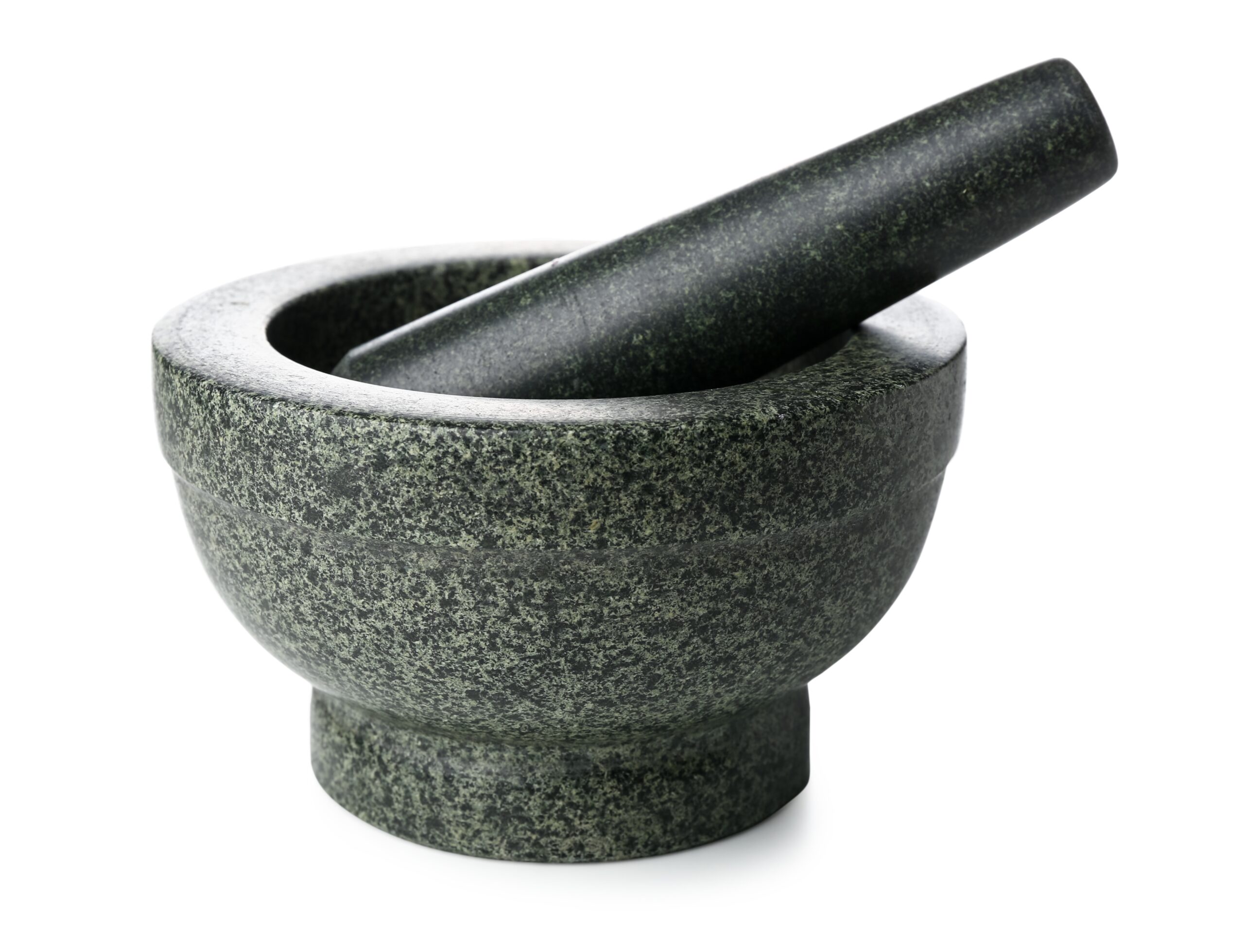
Mortar and pestle sets are traditional tools made from durable materials such as stone, granite, marble, or ceramic. When found in thrift stores, mortar and pestle are often in excellent condition because they are less prone to damage and don’t have any moving parts that can wear out. They are easy to clean and maintain, and any signs of use, like slight wear, generally do not affect their functionality.
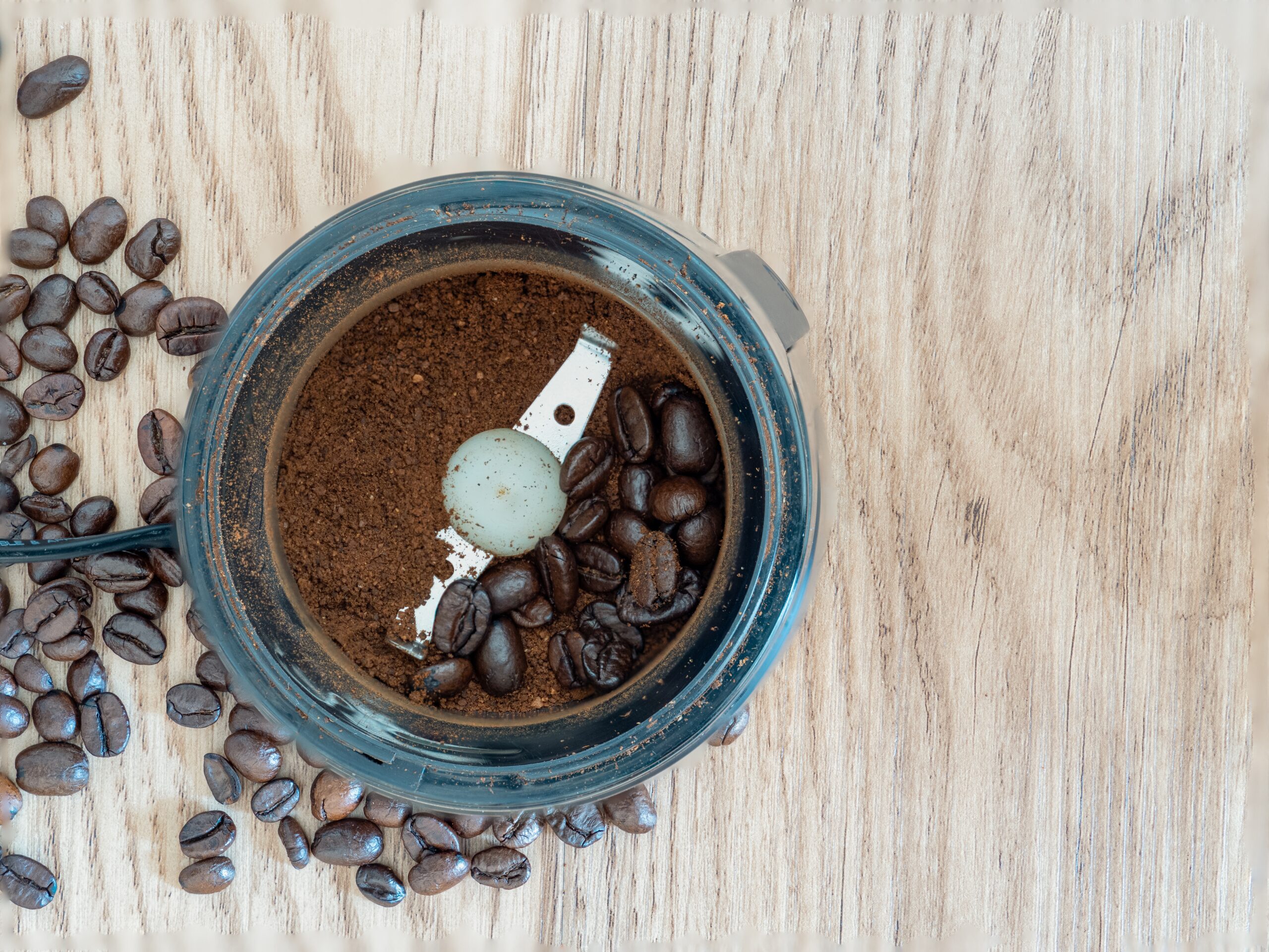
Electric grinders rely on motors and sharp blades to function effectively. Over time, these components can wear out, leading to decreased performance and efficiency. Worn-out motors may not run at the required speed, and dull blades can result in uneven grinding, which affects the texture and quality of the ground ingredients. For these reasons, it is generally advisable to purchase electric grinders new.
Metal Cooking Utensils vs. Wooden Cooking Utensils
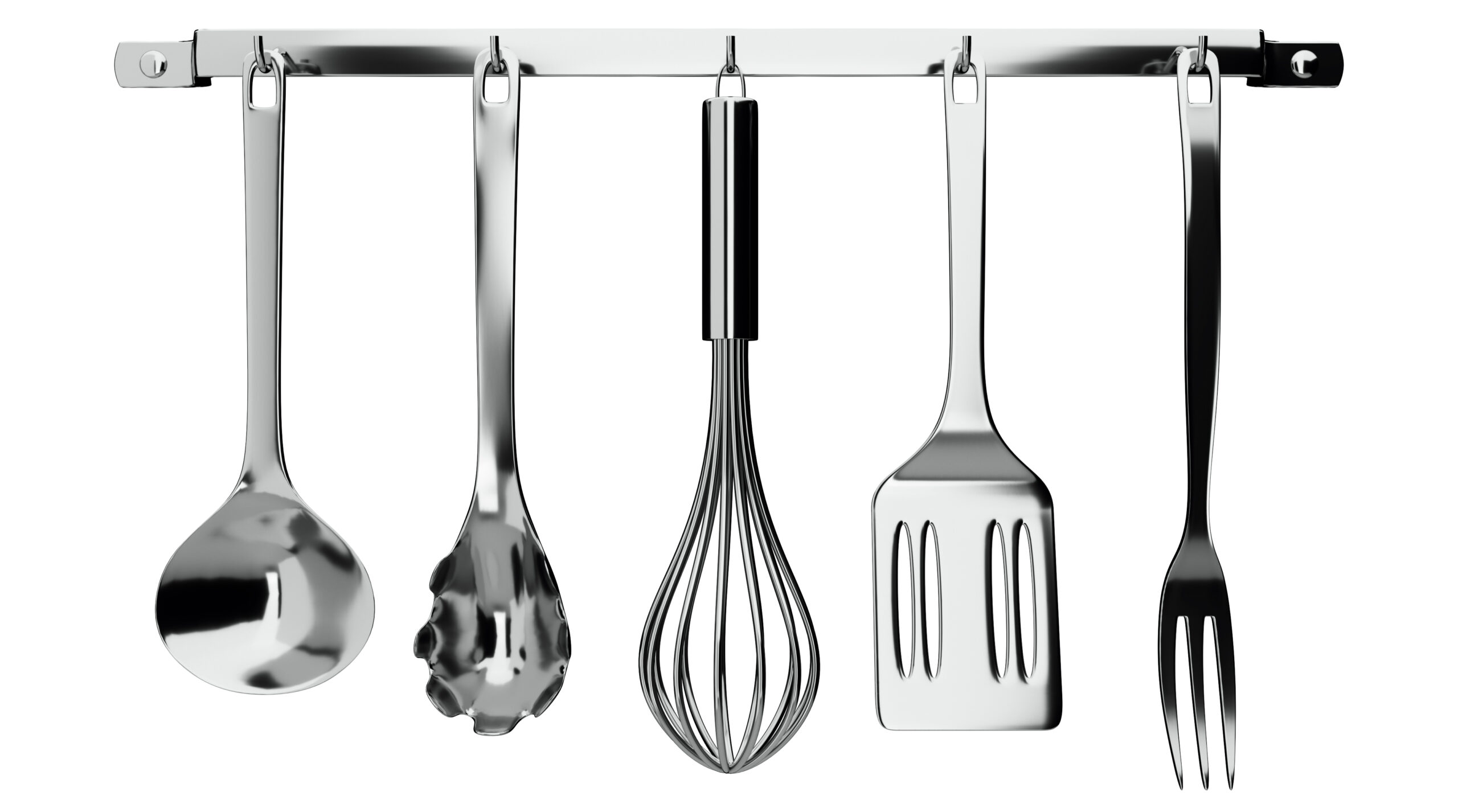
Metal cooking utensils, such as spatulas, tongs, and ladles, are made from durable materials like stainless steel, which can withstand high temperatures and frequent use. Metal utensils are easy to sanitize, making them a hygienic choice for second-hand purchases. They can be thoroughly cleaned and disinfected to remove any residue or bacteria, ensuring they are safe to use in your kitchen.
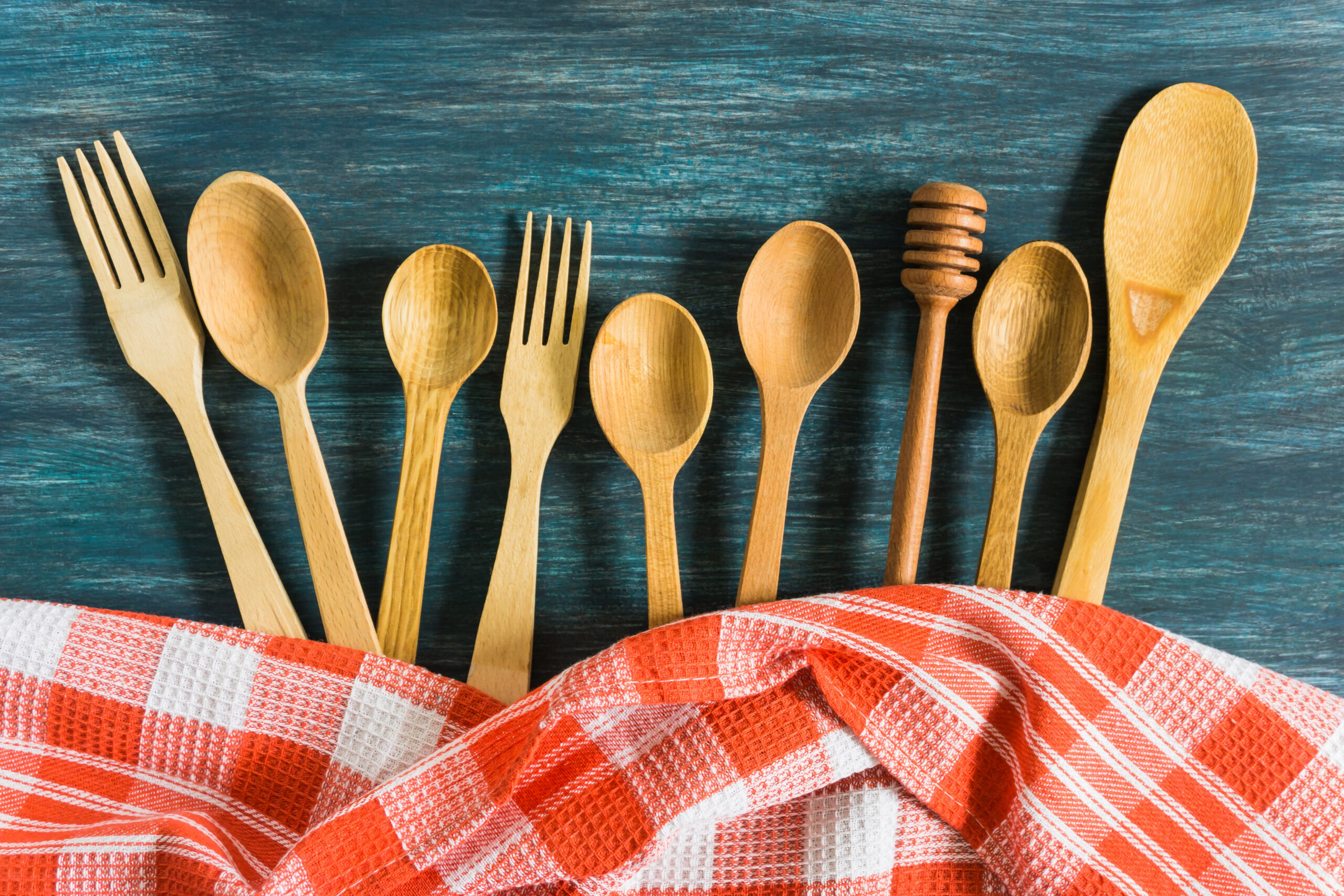
Meanwhile, wooden cooking utensils are porous and can absorb odors, flavors, and stains from previous use. Over time, wooden utensils can develop cracks and splits, which can harbor bacteria and make them difficult to clean thoroughly. It is always better to buy new wooden utensils instead of second-hand ones.
Pyrex Measuring Cups vs. Plastic Measuring Cups
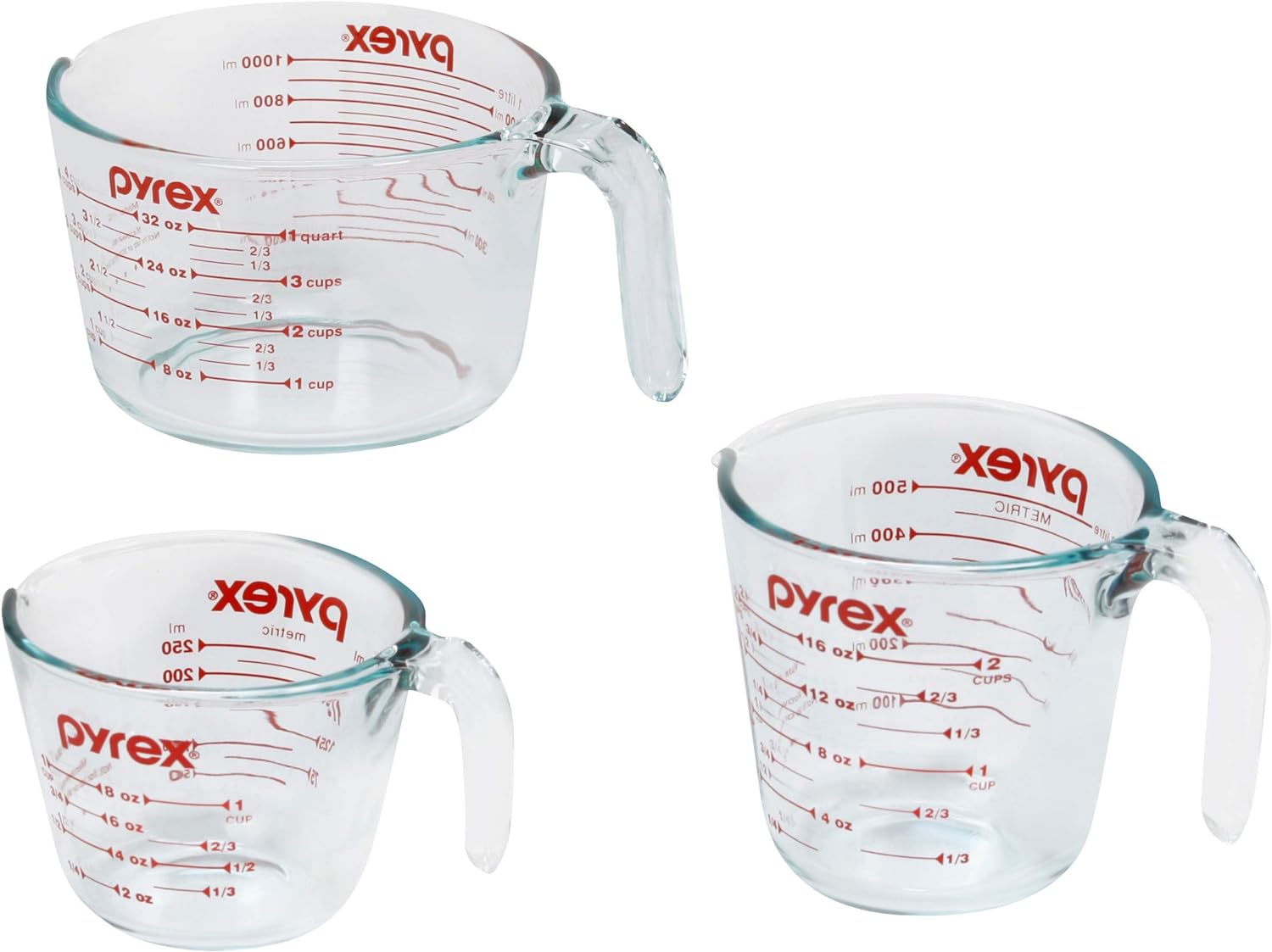
Pyrex measuring cups are made from durable borosilicate glass, which is heat-resistant and can withstand temperature fluctuations without cracking or breaking. This makes them suitable for both hot and cold liquids.
The markings on Pyrex measuring cups are typically etched or printed to withstand wear, ensuring they remain legible over time. They can be easily sanitized in a dishwasher, making them a hygienic choice for second-hand purchases.
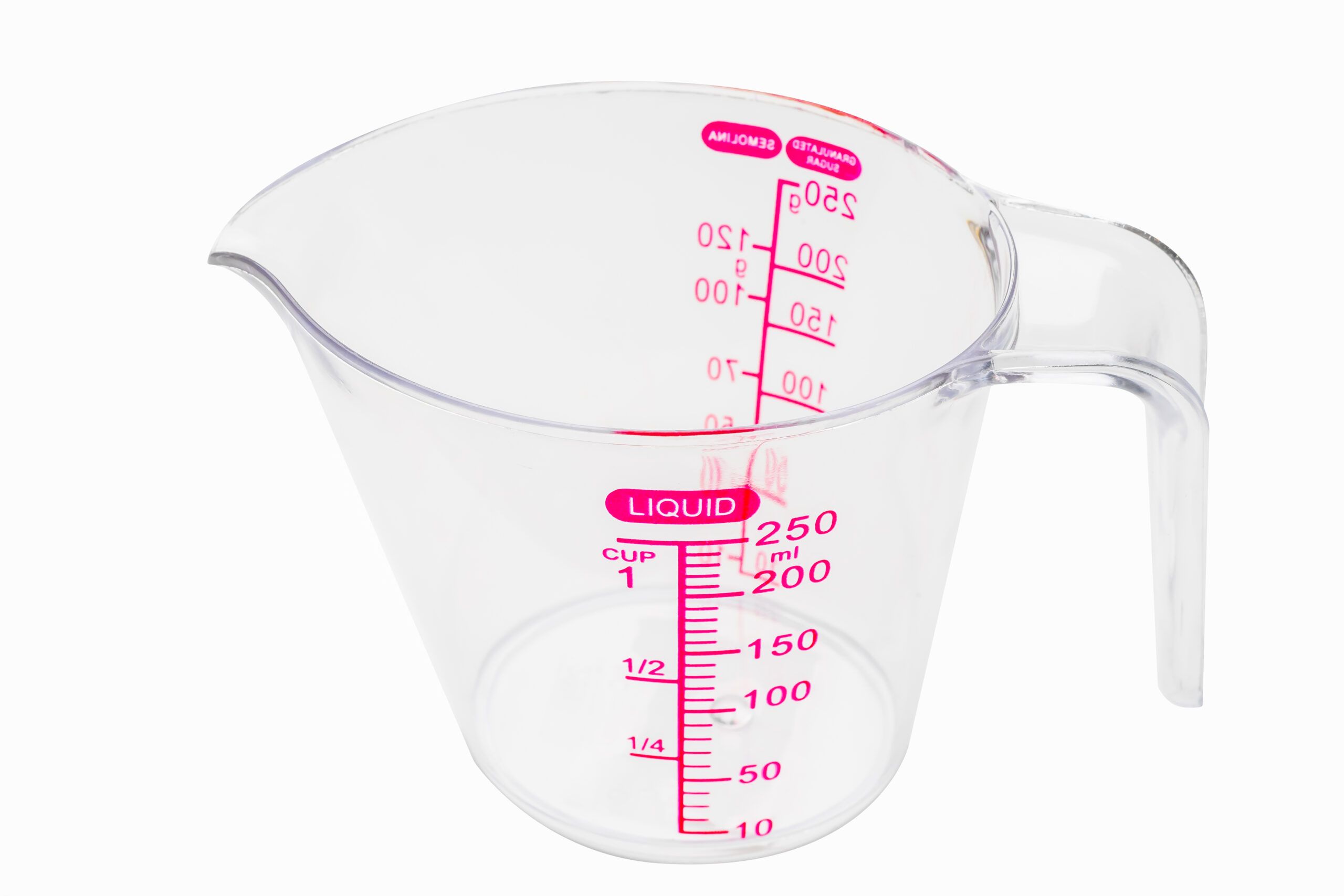
Plastic measuring cups are lightweight and inexpensive but tend to wear out more quickly than glass. Over time, plastic can become scratched, and these scratches can harbor bacteria and stains, making them difficult to clean thoroughly. The markings on plastic measuring cups can fade or wear off, making them difficult to read. With their cost and potential issues, it is advisable to buy them new instead.
Wooden Rolling Pins vs. Marble Rolling Pins
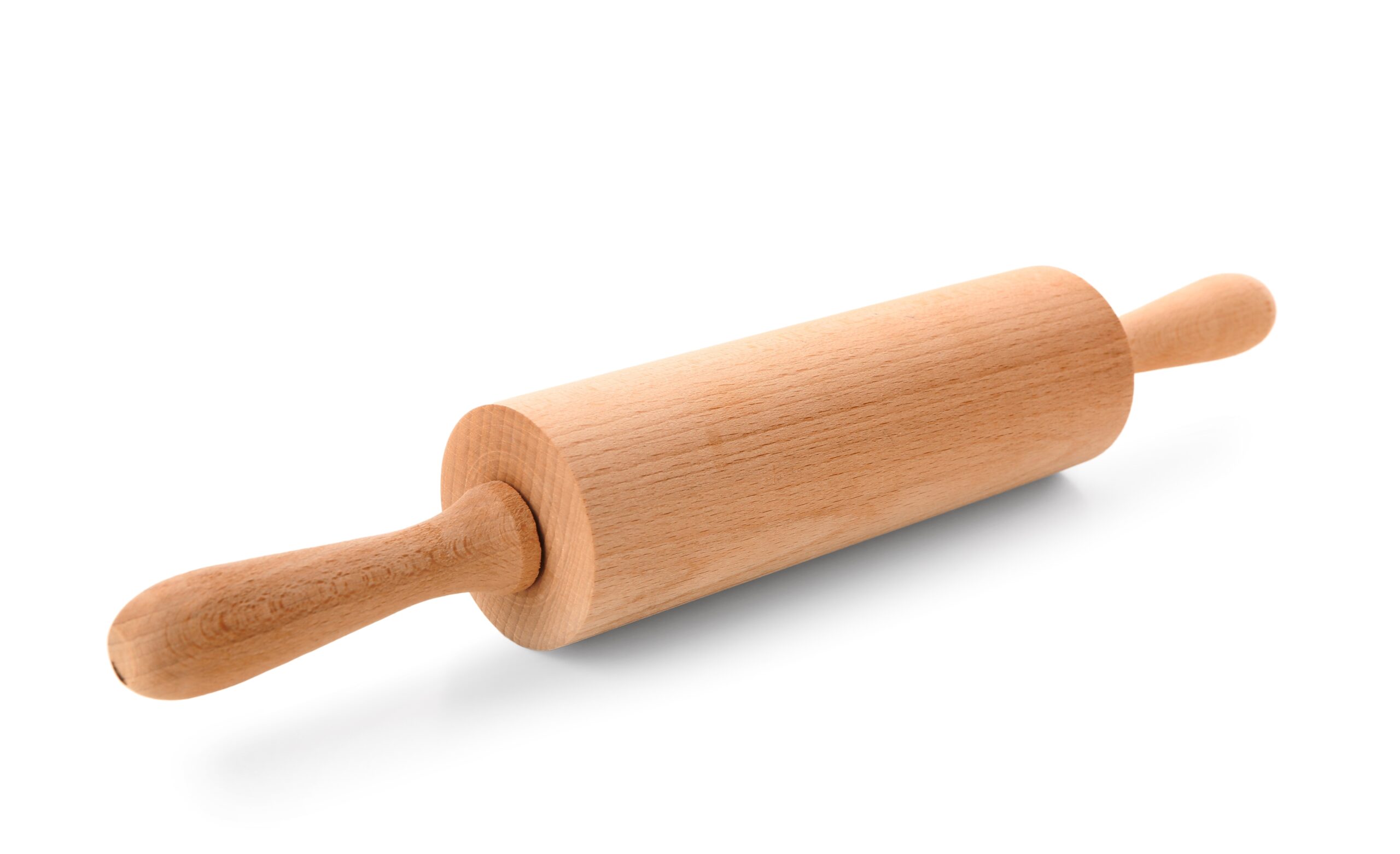
Wooden rolling pins are sturdy, long-lasting kitchen tools made from durable hardwoods like maple or beech and can withstand years of use. They are easy to clean and maintain, any surface imperfections can often be sanded down to restore a smooth finish. Wooden rolling pins also have a naturally non-stick surface when properly cared for or after sanding them down.
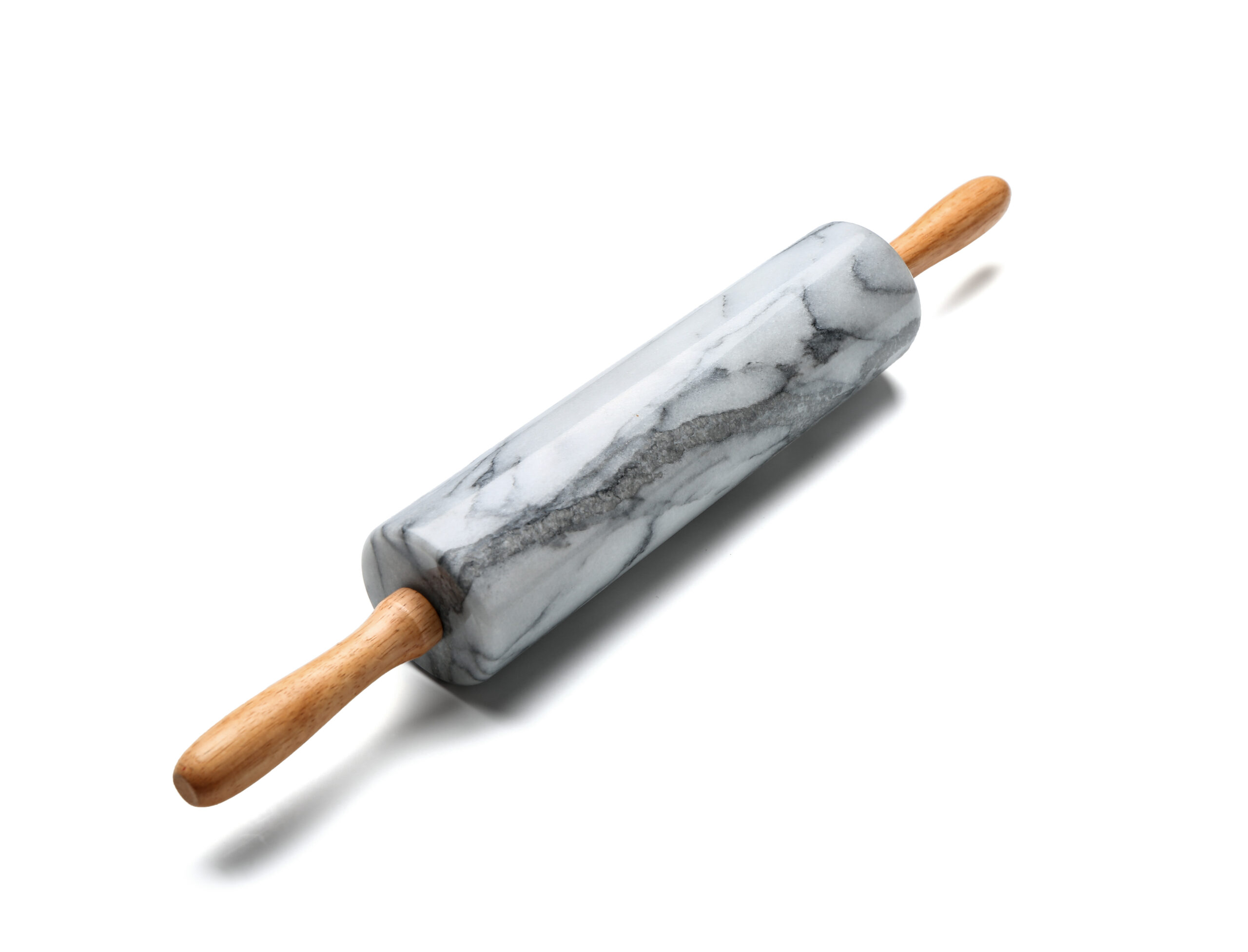
By contrast, marble is a material that can be prone to chipping or cracking, especially if dropped or mishandled. Thrifted marble rolling pins may have unseen hairline cracks or chips that can worsen over time, making them less reliable. The handles and internal mechanism (if present) may also be worn or damaged.
Glass Mixing Bowls vs. Plastic Mixing Bowls
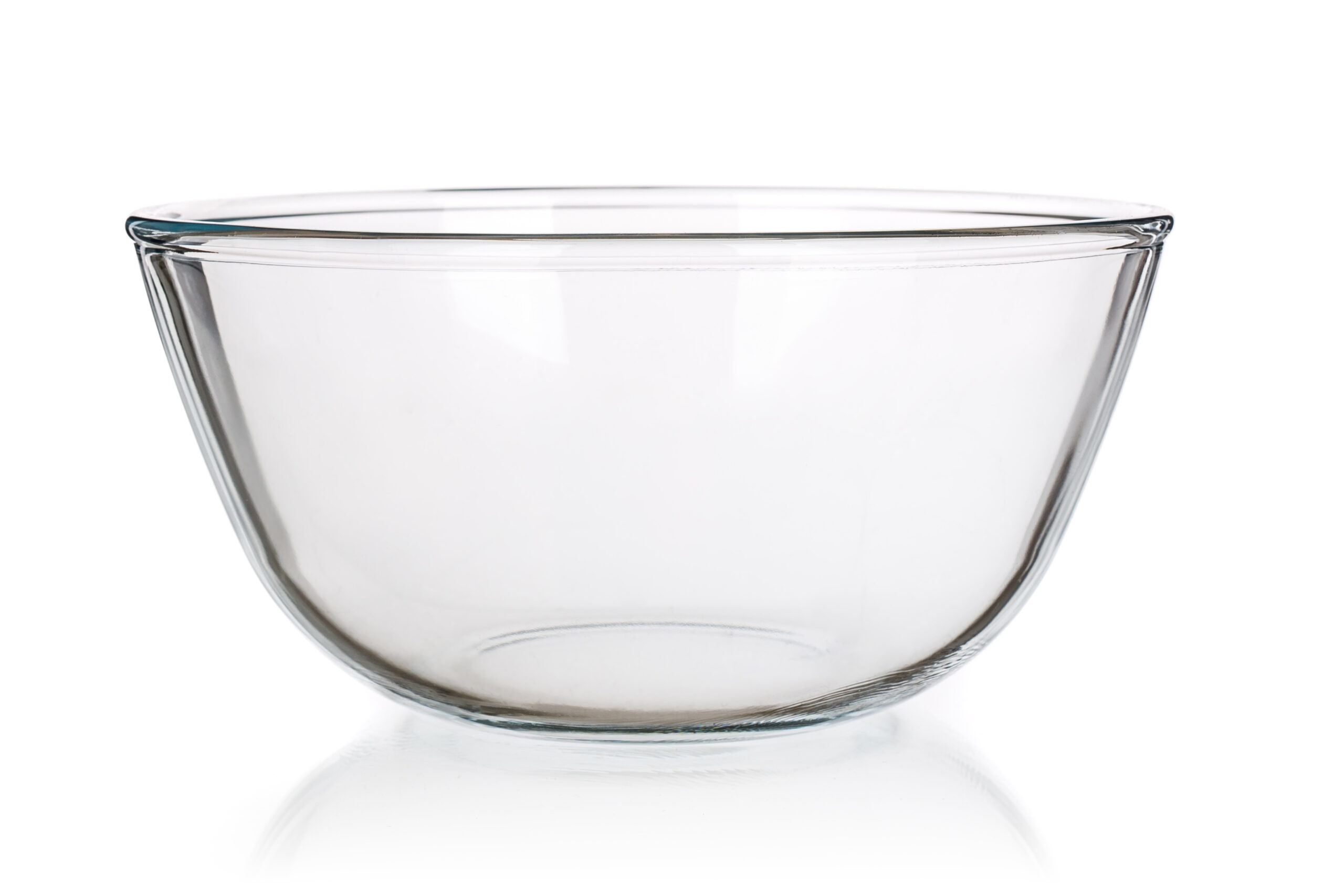
Glass mixing bowls are made from durable, non-porous materials that do not absorb odors, flavors, or stains. They can withstand a wide range of temperatures, making them suitable for mixing hot and cold ingredients, as well as for use in the microwave and oven. Glass is easy to clean and sanitize which makes it a good candidate for thrifting.
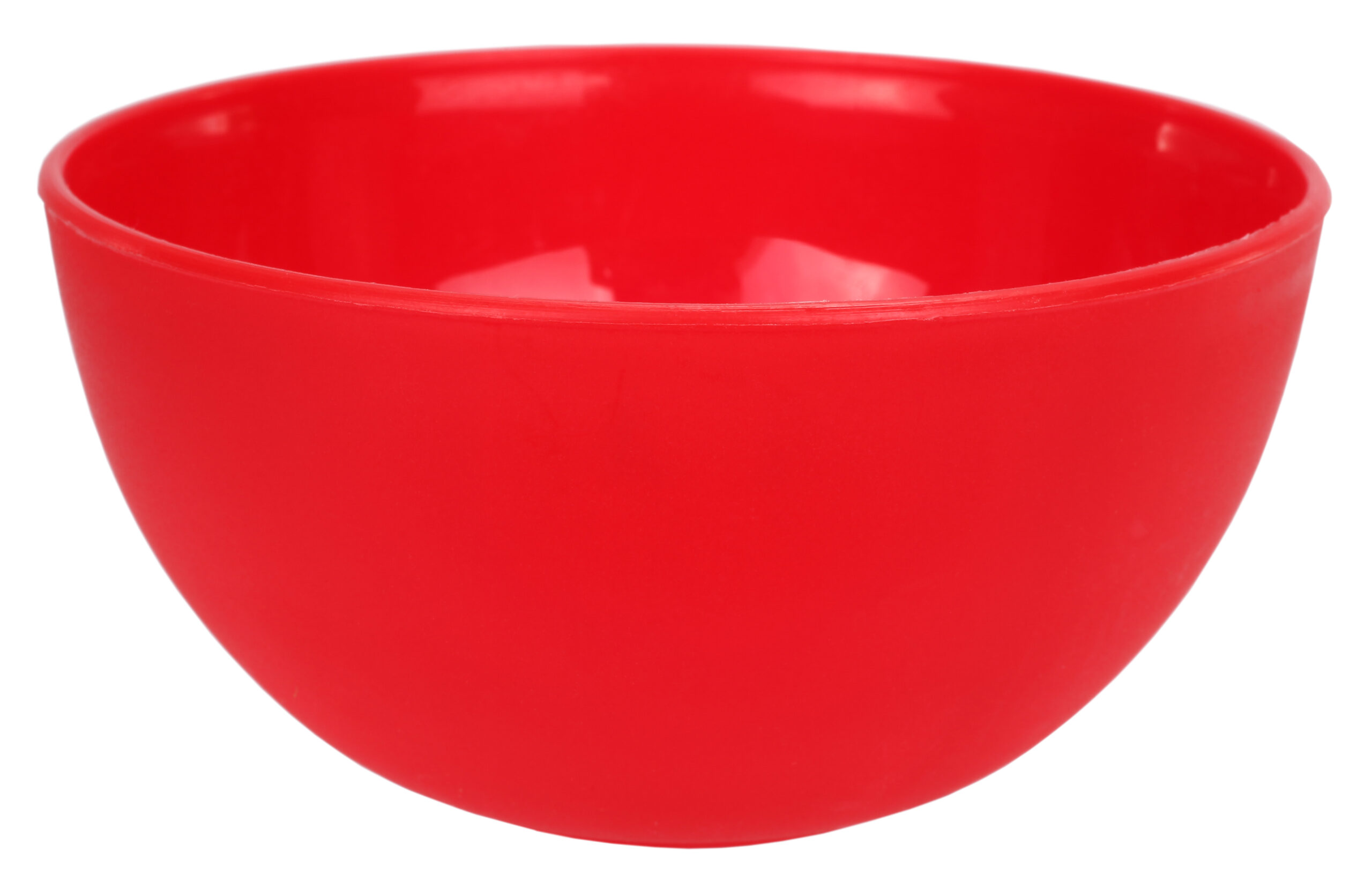
Plastic mixing bowls are lightweight and affordable. Over time, plastic can become scratched, and these scratches can harbor bacteria and stains, making them difficult to clean thoroughly and can compromise safety. Given their affordability, it is better to buy brand-new ones.
Copper Cookware vs. Teflon-Coated Cookware
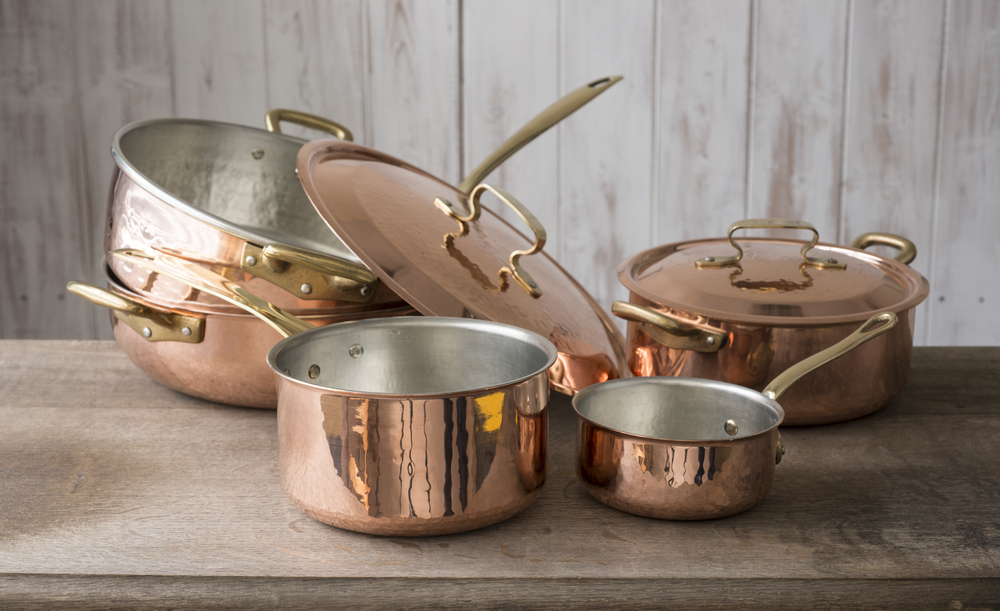
Copper cookware is highly prized for its excellent heat conductivity and responsiveness, which allows for precise temperature control during cooking. Copper cookware is often lined with stainless steel or tin to prevent direct contact with food, which can react with copper.
When found in thrift stores, copper cookware is often in good condition because it is designed to be durable and long-lasting. Even if the exterior tarnishes over time, this does not affect its performance, and can be polished to restore its shine.
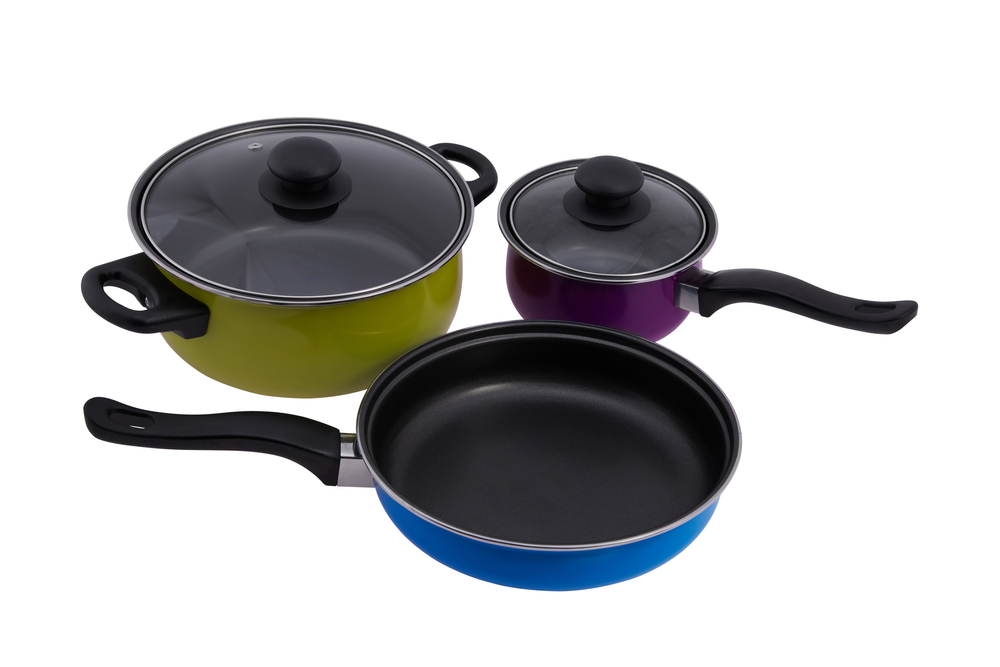
Teflon-coated cookware, also known as non-stick cookware, is popular for its convenience in cooking and easy cleanup. However, the non-stick coating can wear off or become damaged over time. Damaged Teflon can release harmful chemicals when heated which can pose health risks.
When thrift shopping, each item should be evaluated individually based on its specific condition and your personal preferences. It requires a discerning eye and a willingness to inspect items closely before making a purchase.
This article originally appeared on RetailShout.
More From RetailShout
20 Heart-Healthy Spices and Herbs for Cardiovascular Wellness

Spices and herbs aren’t just for making your food taste better; they can also support your heart health. Many common ingredients in your kitchen have hidden benefits that promote cardiovascular wellness. Read More.
10 How to Grow a Garden That’s Friendly to Wildlife

If you’re looking to transform your garden into a wildlife-friendly space, you’re in for a delightful journey. Encouraging biodiversity doesn’t just help animals – it can bring beauty, movement, and life to your backyard. Read More.
15 Iconic Holiday Treats You Can Bake Year-Round
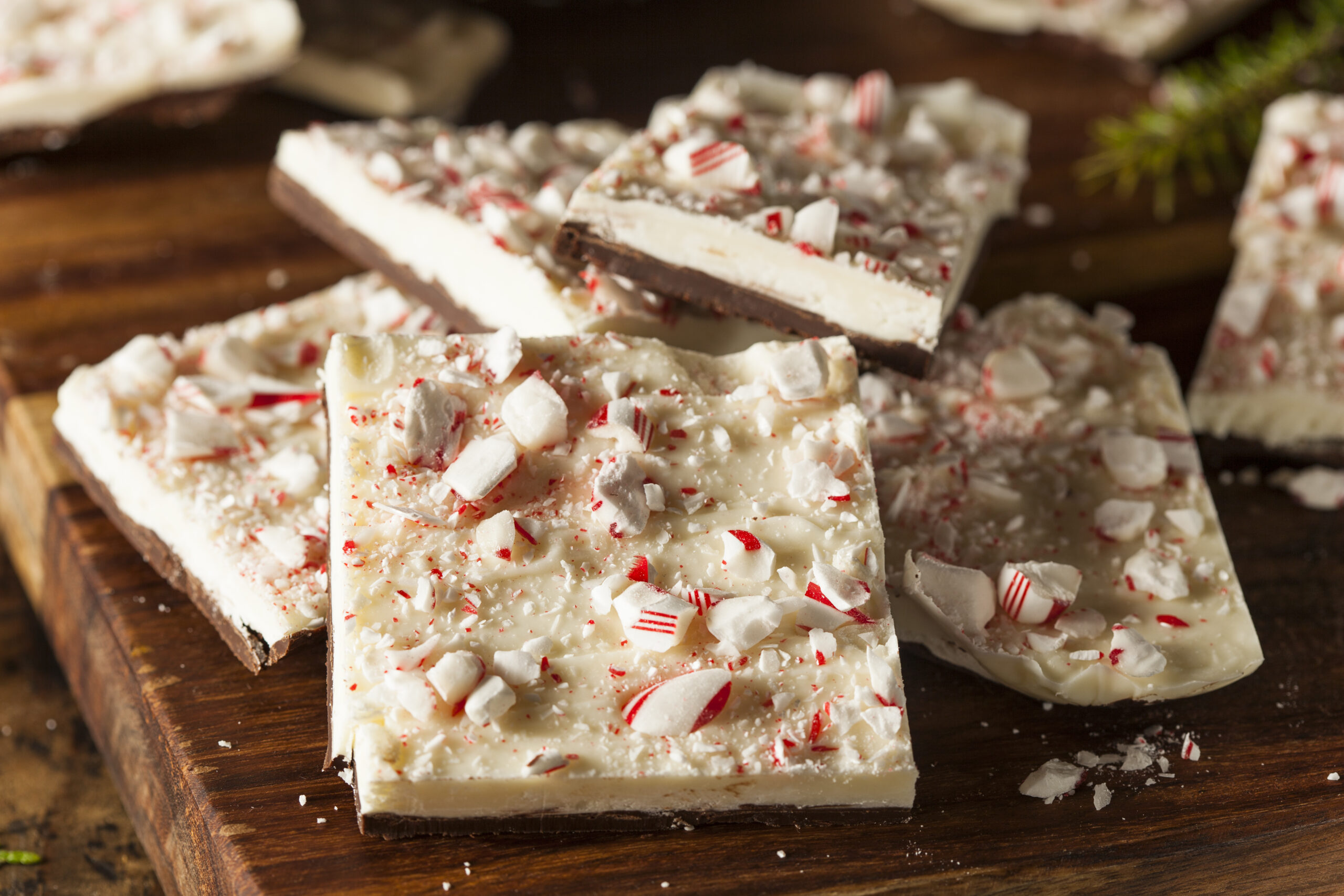
Who says you have to wait for the holidays to enjoy those festive flavors? Sure, the season adds some magic, but the best part about baking is that the warmth, comfort, and delicious aromas can fill your kitchen any time of the year. Read More.

